Building Access Control Systems for Toronto’s Security is a critical aspect of modern-day security solutions. In today’s fast-paced world, where technology is advancing at an exponential rate, traditional security measures are no longer sufficient to safeguard our homes, businesses, and public spaces. Access control systems provide a multi-layered security approach that ensures only authorized individuals can enter specific areas, reducing the risk of unauthorized access and potential security breaches.
One unique fact about Building Access Control Systems is that they can be customized to fit the specific needs and requirements of different environments. Whether it’s a residential building, office complex, or industrial facility in Toronto, access control systems offer a wide range of features that can enhance security. These systems typically include proximity card readers, biometric scanners, and keypad entry systems, among others, to authenticate individuals and grant access to authorized personnel. By implementing such systems, businesses and homeowners can effectively manage and monitor who enters their premises, minimizing the possibility of criminal activity and maintaining a safe environment.
In the upcoming sections, we will delve deeper into the key takeaways of Building Access Control Systems for Toronto’s security. We will explore the various types of access control systems available, highlight their benefits, and discuss how they can be integrated with other security measures to create robust security solutions. Additionally, we will address any concerns related to implementation and maintenance, providing valuable insights for individuals and organizations seeking to enhance their security measures in Toronto. So without further ado, let’s dive into the world of Building Access Control Systems and uncover the secrets to achieving unparalleled security.
Key Takeaways
1. Toronto is implementing advanced building access control systems to enhance security and protect residents, businesses, and institutions from potential threats.
2. These access control systems utilize cutting-edge technology, such as biometric recognition and mobile access, to provide heightened security measures and streamline access management processes.
3. The integration of access control systems with video surveillance allows for comprehensive monitoring and response capabilities, enabling quick identification and resolution of security incidents.
4. Toronto’s access control systems prioritize user convenience by allowing residents and employees to easily and securely access authorized areas through the use of key cards, mobile applications, and personalized credentials.
5. With the ability to centralize access control across multiple locations, these systems provide a scalable solution that can accommodate the diverse needs of various sectors, including residential buildings, educational institutions, and corporate offices.
What are the Key Components of Building Access Control Systems for Toronto’s Security?
The Importance of Building Access Control Systems
Building Access Control Systems play a critical role in enhancing security measures for buildings in Toronto. By employing advanced technologies and protocols, these systems enable organizations to restrict unauthorized access, monitor entry and exit points, and ensure the safety of people, assets, and sensitive information. In an increasingly digital world, it is essential to have robust access control systems that meet the specific needs of Toronto’s security requirements.
Types of Access Control Systems
There are various types of access control systems available for buildings in Toronto, each offering unique features and capabilities. Some common types include:
1. Card-based Systems
Card-based access control systems use proximity cards or smart cards to grant access to authorized individuals. These cards are programmed with specific access permissions, and users need to scan or swipe them at designated card readers.
2. Biometric Systems
Biometric access control systems use individuals’ unique physical or behavioral characteristics, such as fingerprints, retinal scans, or facial recognition, to verify their identity. This advanced technology offers a high level of security and eliminates the need for carrying access cards.
3. Keypad Systems
Keypad-based access control systems require users to enter a PIN or passcode to gain entry. These systems are cost-effective and simple to implement, making them a popular choice for smaller buildings or low-security areas.
4. Mobile Access Systems
Mobile access control systems utilize smartphones or mobile devices as access credentials. By leveraging Bluetooth or Near Field Communication (NFC) technology, these systems offer convenience and flexibility for both users and administrators.
5. Integrated Systems
Integrated access control systems combine multiple technologies, such as card readers, biometric sensors, and keypad entries, to provide layered security. These systems can be customized to meet specific security needs and are often used in high-security facilities.
Key Features of Access Control Systems
To ensure comprehensive protection, building access control systems in Toronto should possess various essential features, including:
1. Access Rights Management
Access control systems should have comprehensive access rights management capabilities. This allows administrators to assign specific access permissions to individuals or groups based on their roles, responsibilities, and clearance levels.
2. Audit Trails and Reporting
The ability to generate audit trails and reports is crucial for monitoring access activities, identifying potential security breaches, and investigating incidents. Detailed information on who accessed which area and at what time is essential for effective security management.
3. Alarm and Intrusion Detection
Building access control systems should be integrated with alarm and intrusion detection systems. This ensures immediate notification or alerts in case of unauthorized access attempts, allowing security personnel to respond promptly and mitigate risks.
4. Scalability and Flexibility
An ideal access control system should be scalable and flexible, allowing easy expansion and integration with other security systems. Whether it’s adding new access points, incorporating additional devices, or adapting to changing security requirements, scalability and flexibility are crucial for long-term viability.
5. Remote Access and Management
In today’s fast-paced world, remote access and management capabilities are highly desirable. Access control systems that offer remote administration, monitoring, and control via web-based interfaces or mobile apps provide convenience and facilitate efficient security management, even from a distance.
Guides for Implementing Effective Building Access Control Systems in Toronto
1. Determine your security requirements: Assess the specific security needs and risks associated with your building or organization. Identify areas that require access control, sensitive information, and any regulations or compliance requirements you must adhere to.
2. Perform a comprehensive risk assessment: Conduct a thorough evaluation of potential security vulnerabilities and threats. This will help determine the appropriate level of security measures and technologies required in your access control system.
3. Choose the right access control system: Consider the types of access control systems available and select the one that best suits your needs, budget, and future scalability. Consult with security professionals or experts to ensure you make an informed decision.
4. Plan the installation and integration: Create a detailed plan to install and integrate the access control system seamlessly into your building’s infrastructure. Ensure compatibility with existing security systems, such as surveillance cameras or alarms, for a holistic security approach.
5. Train and educate users and administrators: Provide thorough training to authorized users and administrators on how to properly use and manage the access control system. This includes teaching them about access permissions, alarm handling, and emergency procedures.
6. Periodic system audits and maintenance: Regularly audit and maintain your access control system to identify any potential issues, update access rights and permissions, and ensure its optimal performance. This will help address any vulnerabilities and keep the system up to date with evolving security requirements.
7. Stay informed about advancements: Continuously stay updated with the latest technologies, trends, and best practices in building access control systems. This will allow you to adapt and enhance your security measures to address emerging threats effectively.
Remember, building access control systems are a critical component of your overall security strategy. Implementing a robust and well-designed system can significantly enhance the safety and protection of your premises in Toronto.
Frequently Asked Questions
1. What is a building access control system?
A building access control system is a security solution that regulates entry to a building or specific areas within it. It typically involves using electronic devices like keycards, fingerprint scanners, or facial recognition to authenticate individuals and grant or deny access.
2. Are building access control systems necessary for Toronto’s security?
Yes, building access control systems are vital for enhancing security in Toronto. With the growing concerns of unauthorized access and potential threats, implementing these systems allows businesses and organizations to have better control over who enters their premises, minimizing risks and ensuring the safety of employees and assets.
3. Can building access control systems be customized to specific needs?
Absolutely. Building access control systems can be tailored to meet the specific requirements of each building or organization. The system can be configured to allow timed access, restrict access to certain areas, and even integrate with other security systems like video surveillance or alarms.
4. How reliable are building access control systems?
Building access control systems are highly reliable. With robust technology and encryption protocols, these systems provide secure access management. However, it is crucial to choose a reputable provider with industry experience to ensure the system’s reliability and receive ongoing support.
5. Can building access control systems be integrated with other security measures?
Yes, building access control systems can be seamlessly integrated with other security measures. By connecting the system with video surveillance cameras, alarms, or visitor management systems, the overall security of the building is enhanced. This integration enables real-time monitoring, rapid response to security events, and comprehensive access control.
6. Are building access control systems user-friendly?
Yes, modern building access control systems are designed to be user-friendly. Whether it’s using keycards, biometric scanners, or mobile apps for access, these systems are intuitive and convenient for both administrators and authorized individuals. Additionally, most providers offer user training and support to ensure smooth operations.
7. Can building access control systems track and log access data?
Yes, building access control systems have the capability to track and log access data. This data includes information such as entry timestamps, user identities, and access attempts. Access logs can be useful for investigations, identifying potential security breaches, and improving overall access management.
8. What happens in case of a power outage or system failure?
Building access control systems are designed to handle power outages or system failures without compromising security. Most systems have backup power options, such as battery backups or generators, to ensure access control remains operational. Furthermore, system failure alerts can be set up to notify administrators in case of any technical issues.
9. Can building access control systems help with visitor management?
Absolutely. Building access control systems can be integrated with visitor management solutions, streamlining the check-in process and enhancing visitor security. By issuing temporary access credentials and tracking visitor movements within the building, these systems contribute to a safer and more efficient visitor experience.
10. How can I choose the right building access control system for my organization?
Choosing the right building access control system requires careful consideration. Assess your organization’s specific security needs, budget, and scalability requirements. Consult with reputable providers and request demonstrations or references to evaluate system features, ease of use, reliability, and ongoing support before making a decision.
Final Thoughts
Building access control systems play a crucial role in enhancing security in Toronto, providing organizations with the means to protect their premises, employees, and valuable assets. By implementing these advanced systems, businesses can minimize unauthorized access, prevent security breaches, and monitor the flow of individuals within their spaces effectively.
Furthermore, building access control systems are not just a security measure, but also a tool for streamlining operations and improving overall efficiency. With integrated visitor management, simplified access permissions, and comprehensive data tracking, organizations can optimize the movements of both employees and visitors within their buildings. Investing in a reliable, tailored access control system is an essential step in safeguarding your business and maintaining a secure environment for all.
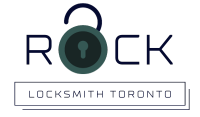
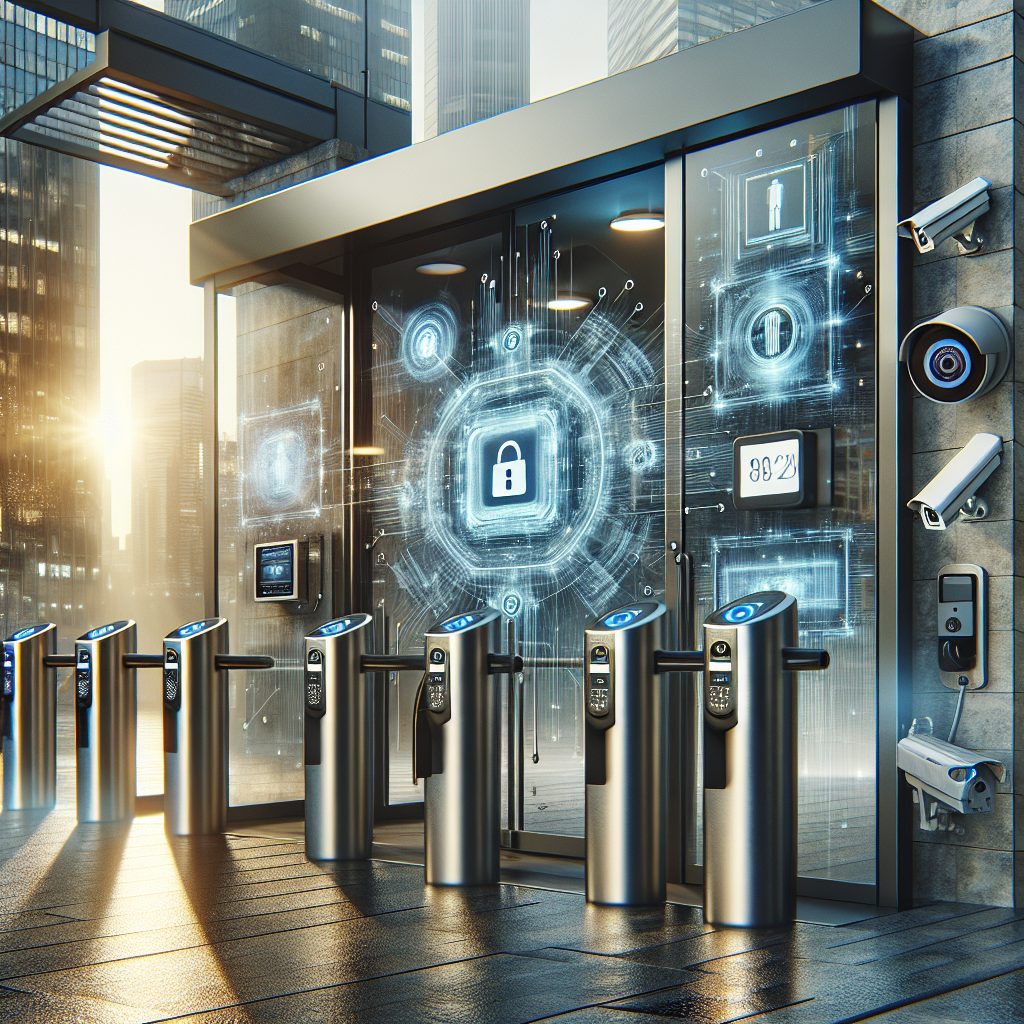
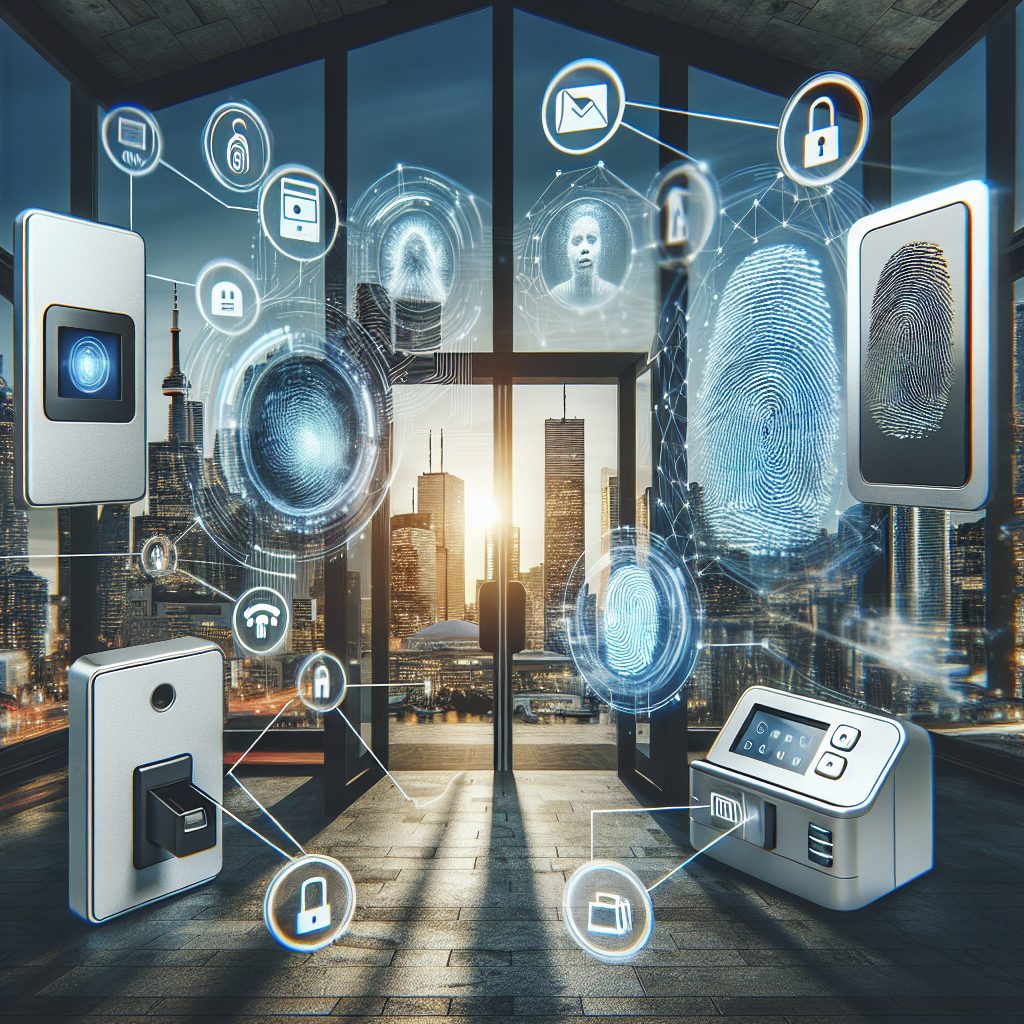
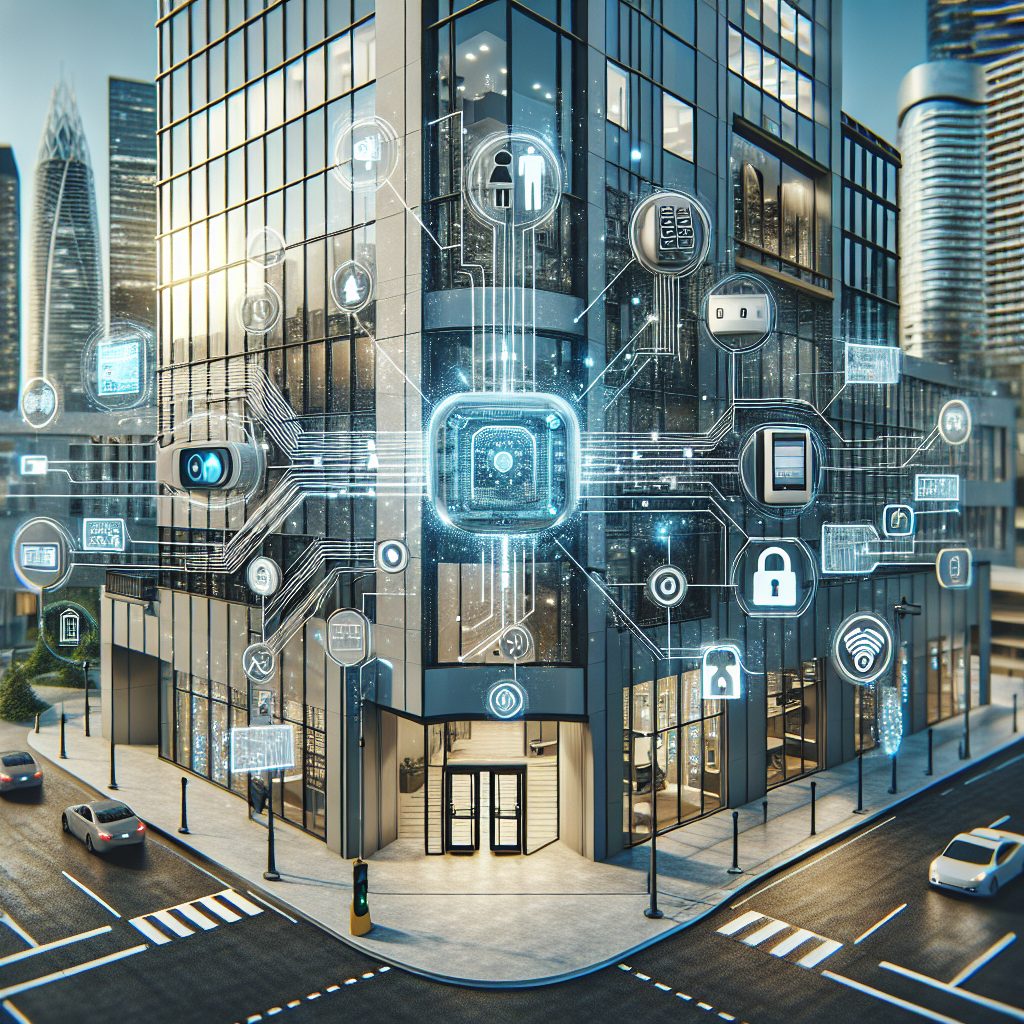

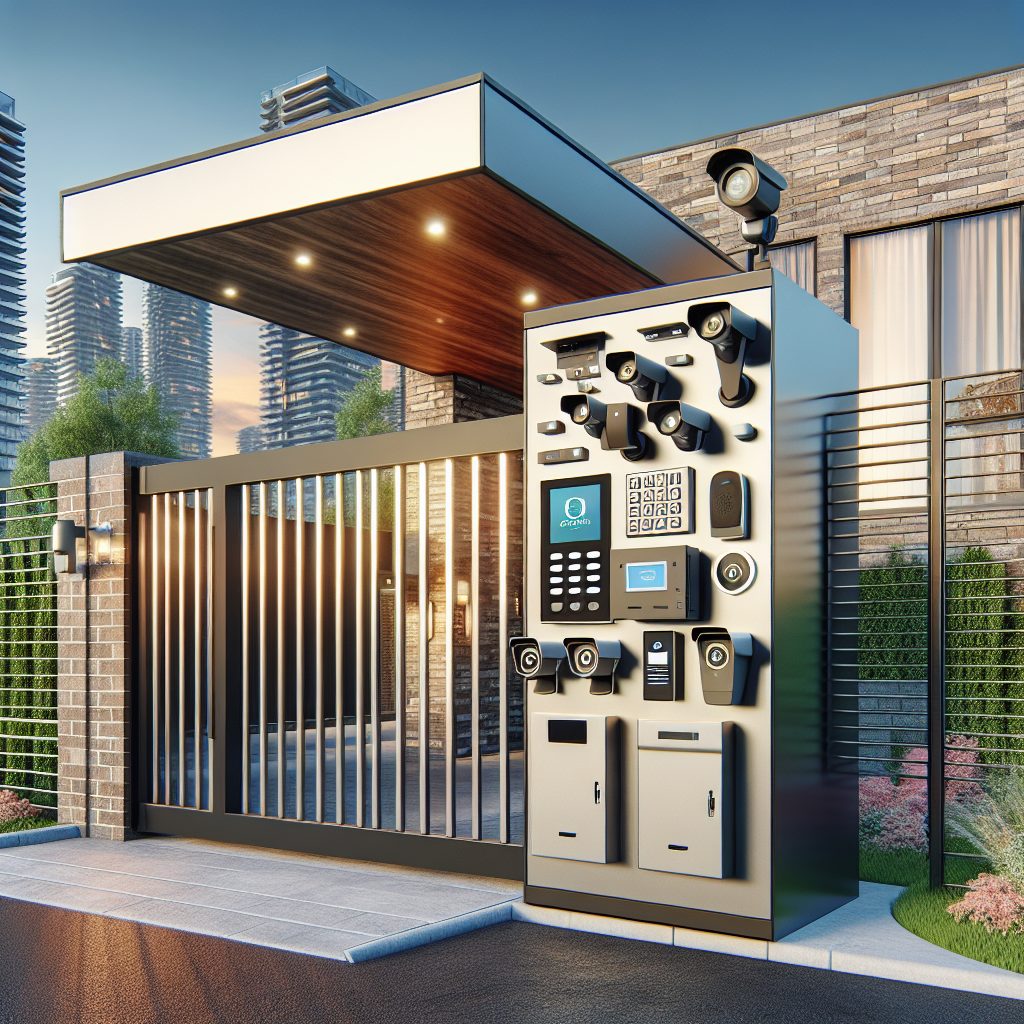
Recent Comments